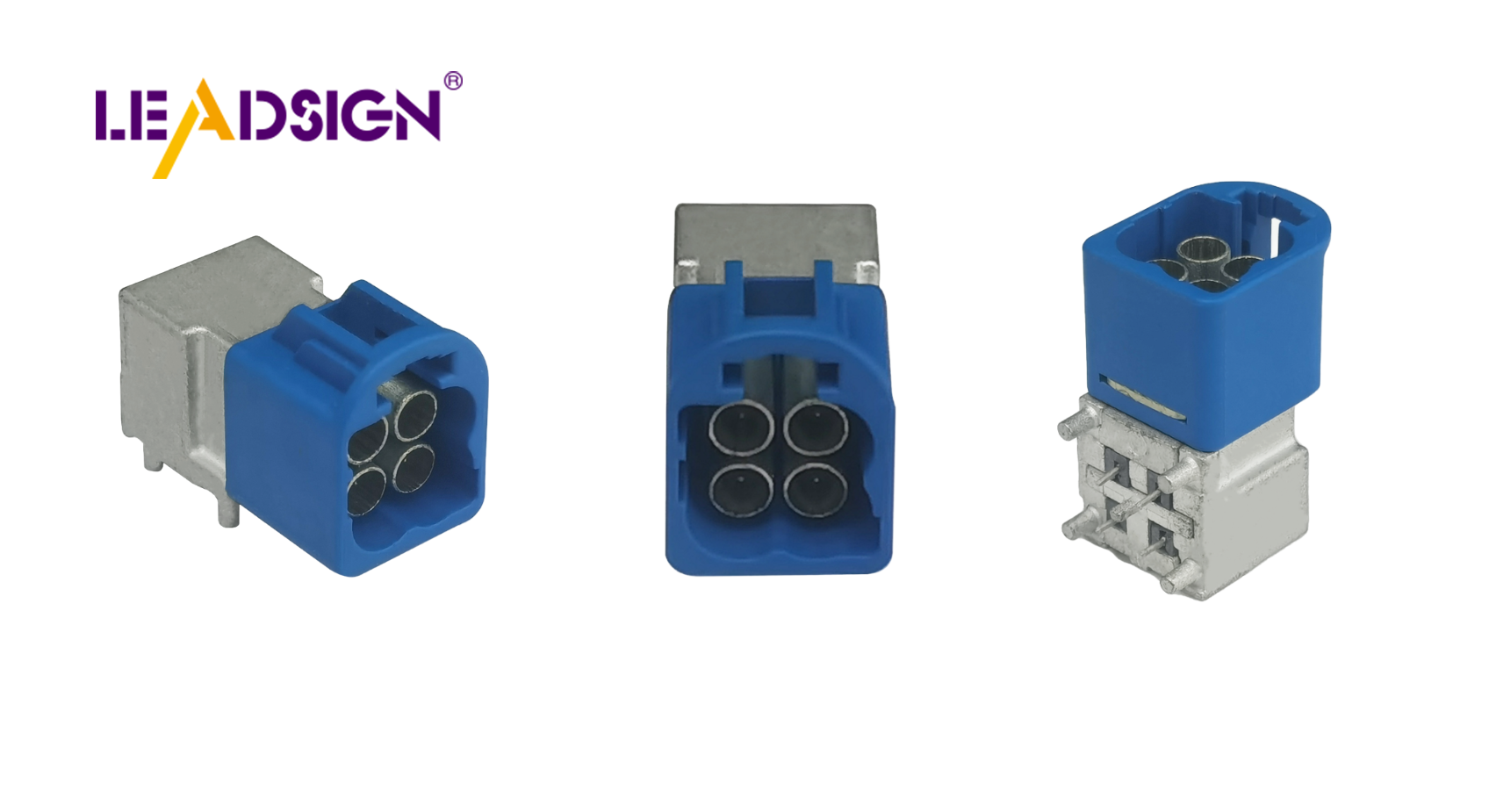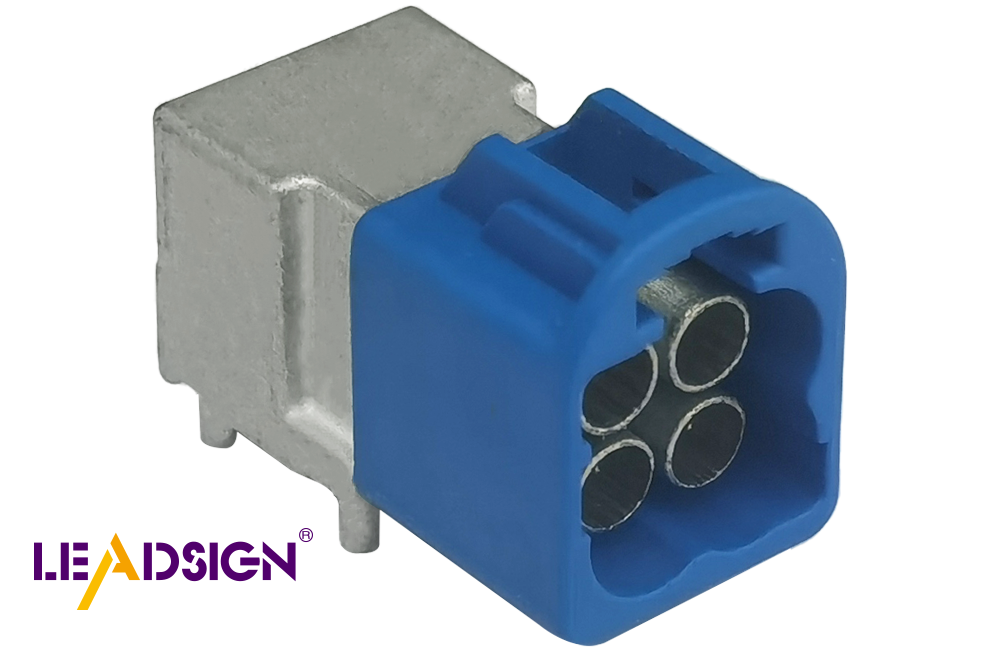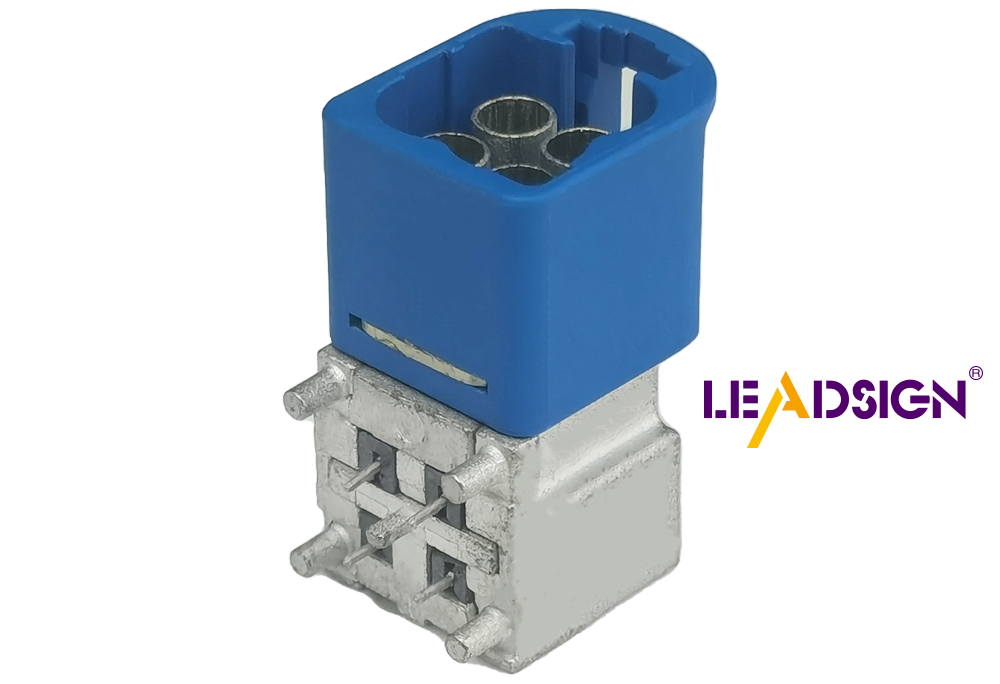Identifying Car Wire Connector Types Made Simple

Understanding automotive electrical connectors types is crucial for your car's electrical system. These connectors facilitate the transmission of signals to various components within the vehicle, ensuring that all electronic parts function harmoniously. Familiarity with the different types of car connectors is essential for optimal performance. Selecting the appropriate connector is vital for maintaining functionality and safety during repairs or upgrades. With a variety of shapes and sizes available, making the right choice is key to ensuring smooth operation.
Overview of Car Wire Connectors
What Are Car Wire Connectors?
Car wire connectors are key parts of your car's electrical system. They connect wires, letting electricity move easily through your car. These connectors come in different types, like terminal blocks. Terminal blocks have a big conductor inside a protective cover. This lets you attach and detach many wires quickly. They are used often in electronics for easy changes and fixes.
Another kind is the crimp connectors, common in cars. Crimp connectors get their name from how they are attached to wires by crimping, making a strong bond. There are many crimp connector types, each for special jobs. Also, Scotch Locks, or splice connectors, let you join two wires without cutting or soldering them. They are great for fast repairs and connections in tough spots.
Why They Matter in Automotive Applications
Car wire connectors keep your car's electrical system safe and working well. They stop shortages and save space by not needing splicing, lowering the chance of problems. In cars, these must handle rough conditions like shaking and bumps. So, they have locks to stay secure and features to stop wire bending or breaking, which is crucial for heavy vehicles.
Using the right connector keeps your car's electronics working properly. For example, terminal connectors help link single wires or terminals to systems safely. This stops shorts and keeps wiring intact. Knowing about different car wire connectors helps you choose wisely during fixes or upgrades so your car runs smoothly and safely.
Types of Connectors

Knowing car electrical connectors is important for fixing cars. These connectors help your car's electric parts work well and safely. Let's look at some common connector types.
Automotive Electrical Connectors Types
Male Connectors
Male connectors, called plugs, have pins that fit into female connectors. You see them in cars for sensors or control units. They are made to stay connected even if the car shakes. Companies like TE Connectivity and Molex make strong male connectors for tough places.
Female Connectors
Female connectors, or sockets, hold the pins from male plugs. They keep connections stable in your car's electric system. Female and male connectors work together to complete circuits. Brands like Amphenol and JST make good female connectors that fit tightly.
Pigtail Connectors
Pigtail connectors come with wires attached for easy use in small spaces. They let you join wires quickly without hassle. Pigtails are great for fast fixes or changes. Makers like Deutsch and Aptiv create pigtail connectors that last long in cars, offering ease and strength.
Identification Techniques

Finding out what kind of car wire connectors you have can be tricky. But with some help, you can learn how to do it. Here are some easy tips and tools to tell them apart.
Easy Tips for Telling Them Apart
Look at How They Look: Notice the shape, size, and color of connectors. These things show what type they are. Male ones have pins sticking out; female ones have holes.
Count the Pins: See how many pins or holes there are. This helps match the right parts together.
Find Locking Parts: Many connectors have clips or tabs that hold them tight. Knowing this helps you connect and disconnect without breaking them.
Check Maker's Guides: If unsure, look at the maker’s guide or website. They give details and pictures of their items. A Connector Manufacturer says, "When unsure about buying, check with the maker."
Ask Experts: Still confused? Ask experts for help. A Wire Harness Manufacturer says, "Talking to experts gives great help when identifying tough connectors."
Tools for Correct Identification
Multimeter: Use a multimeter to see if electricity flows through connectors right.
Connector Kits: These kits have sample connectors and guides to help beginners know different types.
Digital Calipers: Measure connector sizes exactly to match specs correctly.
Online Help: Use online places where car fans share tips about rare connector types.
By using these tips and tools, you can find out car wire connector types easily. This helps in fixing cars safely and keeps everything working well.
Common Mistakes
When working with car wire connectors, you might make some usual errors. Knowing these mistakes can save time and stop damage to your car's wires.
Mixing Up Connector Types
Mixing up connector types often causes wrong connections. Two connectors may look alike but do different jobs. Male connectors have pins, while female ones have holes. Confusing them can break the circuit and cause problems.
"Using wrong tools or ways for connectors can harm parts or make weak links." - LinkedIn
To avoid this, always check the connector type before connecting. Look at shape, size, and pin layout. If unsure, read the maker’s guide or ask an expert. This ensures you use the right connector.
Ignoring Connector Match
Another mistake is ignoring if connectors match. Not all fit together well. Using wrong ones can lead to bad links or harm wires. For example, not checking wire direction can cause fires.
"Ignoring wire direction can harm parts or start fires." - LinkedIn
Make sure your connectors meet your car's needs. Check pins, locks, and materials match up right. This keeps your car's wires safe and working well.
Also, forgetting strain relief can hurt safety. Strain relief stops wires from bending or breaking which keeps connections steady.
"Forgetting strain relief harms system safety." - LinkedIn
By avoiding these mistakes, your car wire connectors will work safely and correctly.
You learned how to find car wire connectors. You looked at different types like male, female, and pigtail. By knowing their shapes, pins, and locks, you can choose well. Check your car's details and maker guides for correct info. This helps you pick the right connector. Follow these steps to use the right connectors. This makes your car work better and safer.
See Also
Understanding HSD Connectors for Automotive Applications
An Overview of Ford's Fakra Connector System
Fakra Connectors Explained: Types, Uses, and Fundamentals

